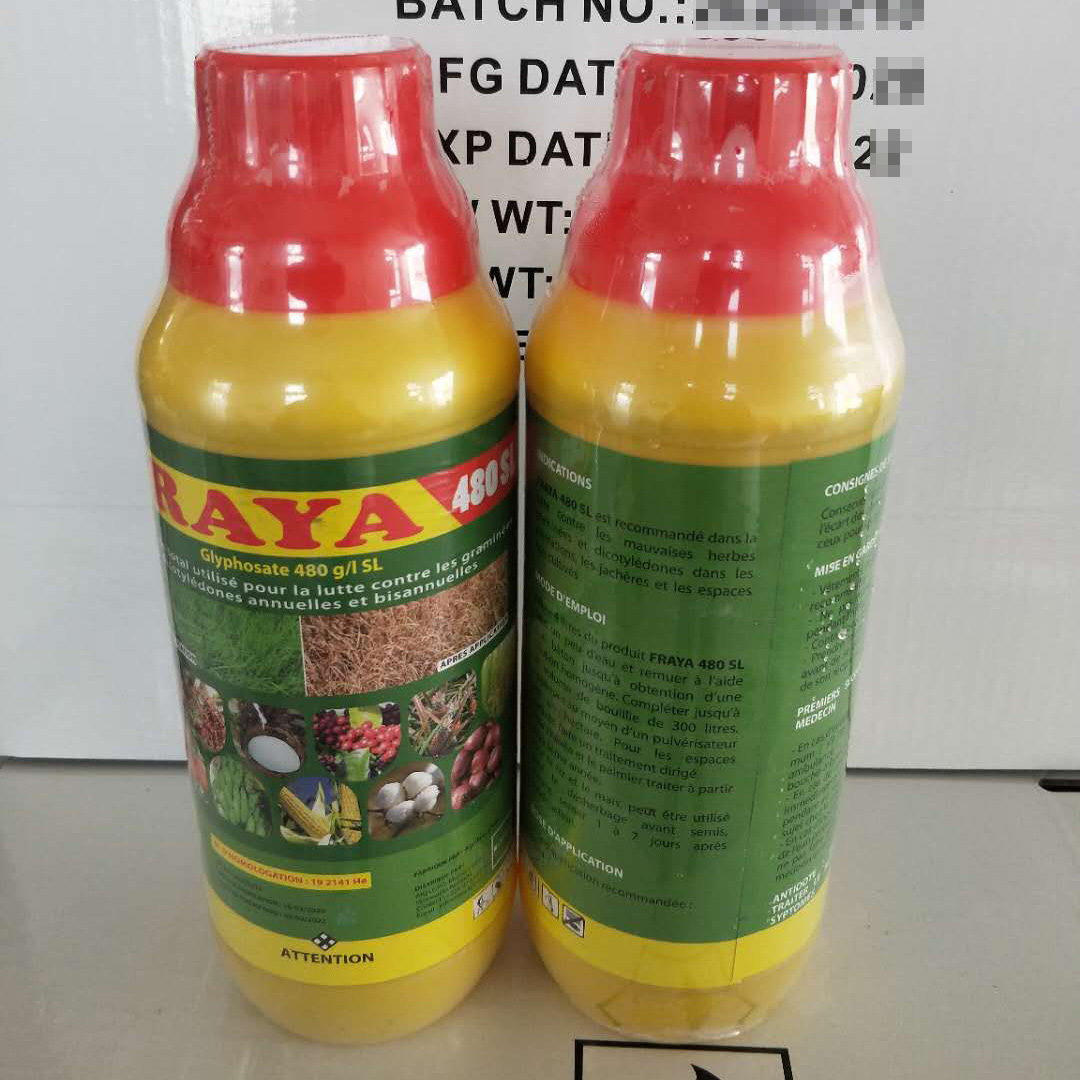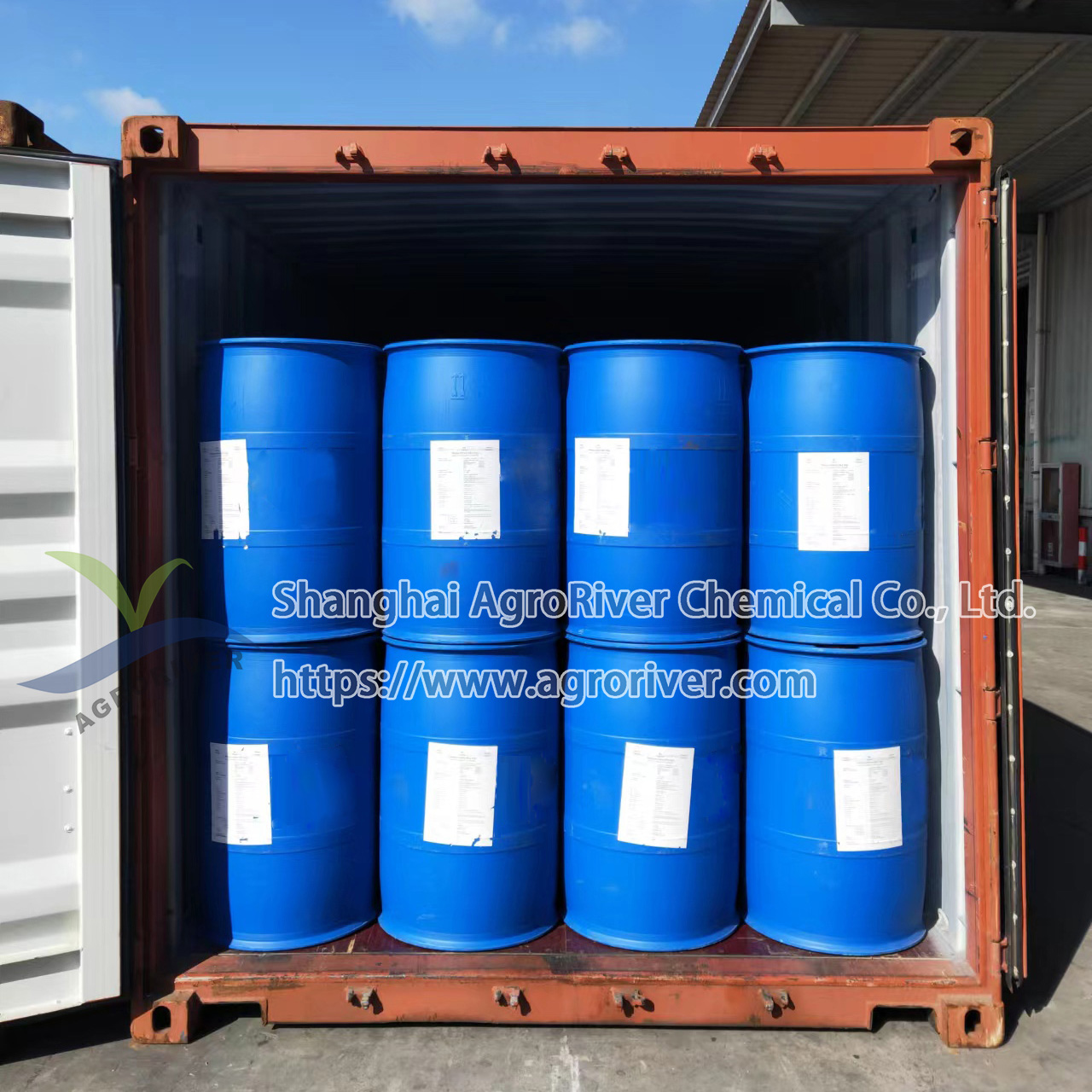Glyphosate 480g/l SL, 41%SL Herbicide Weed Killer
Products Description
Basic Information
Common Name: Glyphosate (BSI, E-ISO, (m) F-ISO, ANSI, WSSA, JMAF)
CAS No.: 1071-83-6
Synonyms: Glyphosphate;total; sting; n-(phosphonomethyl)glycine; glyphosate acid; ammo; gliphosate; glyphosate tech; n-(phosphonomethyl)glycine 2-propylamine; roundup
Molecular Formula: C3H8NO5P
Agrochemical Type: Herbicide, phosphonoglycine
Mode of Action:Broad-spectrum, systemic herbicide, with contact action translocated and non-residual. Absorbed by the foliage, with rapid translocation throughout the plant. Inactivated on contact with soil.Inhibition of lycopene cyclase.
Formulation: Glyphosate 75.7% WSG, 41%SL, 480g/L SL, 88.8% WSG, 80% SP, 68% WSG
Specification:
|
ITEMS |
STANDARDS |
|
Product name |
Glyphosate 480 g/L SL |
|
Appearance |
Yellow homogeneous liquid |
|
Content |
≥480g/L |
|
pH |
4.0~8.5 |
|
Formaldehyde |
≤ 1% |
|
Solution stability (5% aqueous solution) |
No color change; |
|
Sediment maxium: trace; |
|
|
Solid particles: pass throug 45μm sieve. |
|
|
Stability at 0℃ |
The volume of solid and/or liquid which separates shall not |
Packing
200L drum, 20L drum, 10L drum, 5L drum, 1L bottle or according to client's requirement.


Application
The primary uses for glyphosate are as an herbicide and as a crop desiccant.
Glyphosate is one of the most commonly used herbicides. It’s used for different scales of agriculture— in households and industrial farms, and many places in between.it’s used to control annual and perennial grasses and broad-leaved weeds, pre-harvest, in cereals, peas, beans, oilseed rape, flax, mustard,orchards,pasture,forestry and industrial weed control.
Its use as a herbicide isn’t limited to just agriculture though. It’s also utilized in public spaces like parks and playgrounds to prevent the growth of weeds and other unwanted plants.
Glyphosate is sometimes used as a crop desiccant. Desiccants are substances that are used to maintain states of dryness and dehydration in environments they are present in.
Farmers use glyphosate to dry crops like beans, wheat, and oats right before harvesting them. They do this to speed up the harvest process and improve the harvest yield as a whole.
In reality, however, glyphosate is not a true desiccant. It just functions like one for crops. It kills the plants so that the food portions of them dry out faster and more uniformly than they ordinarily would.










